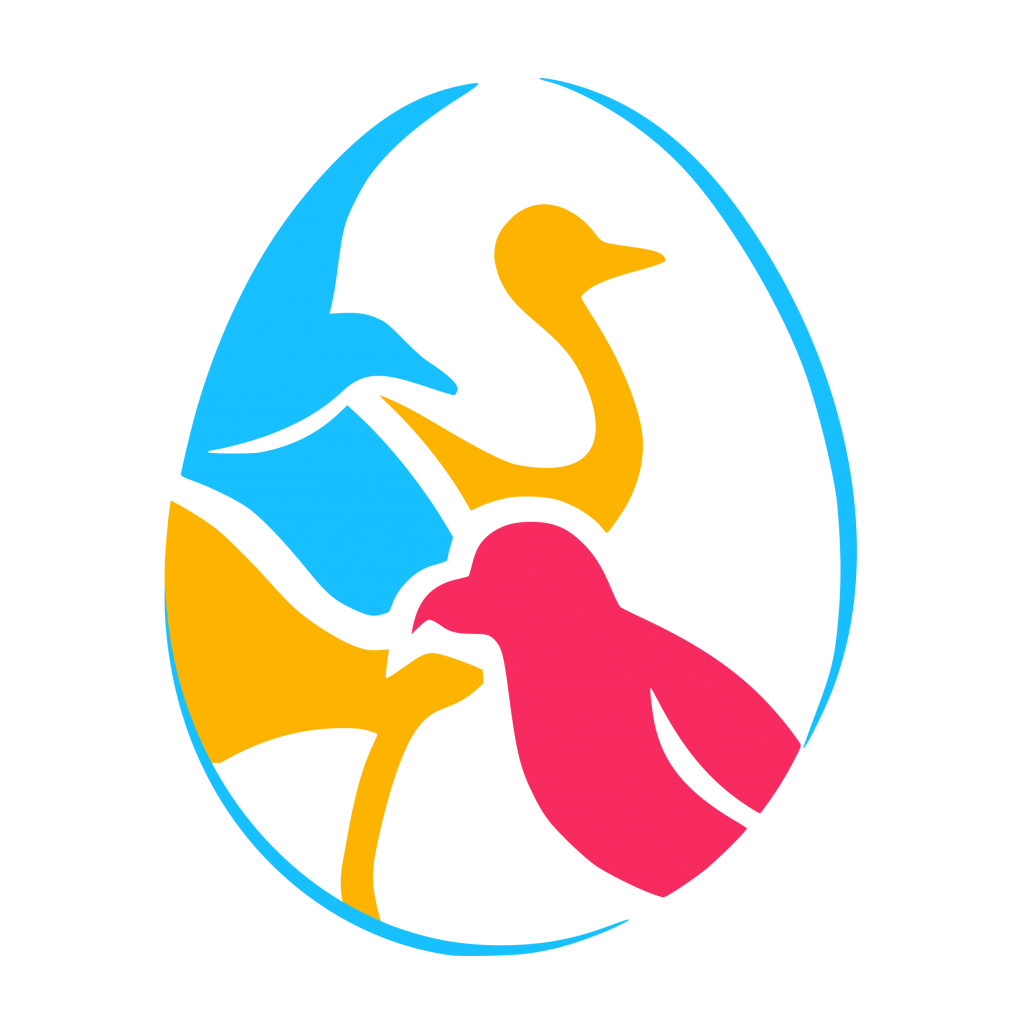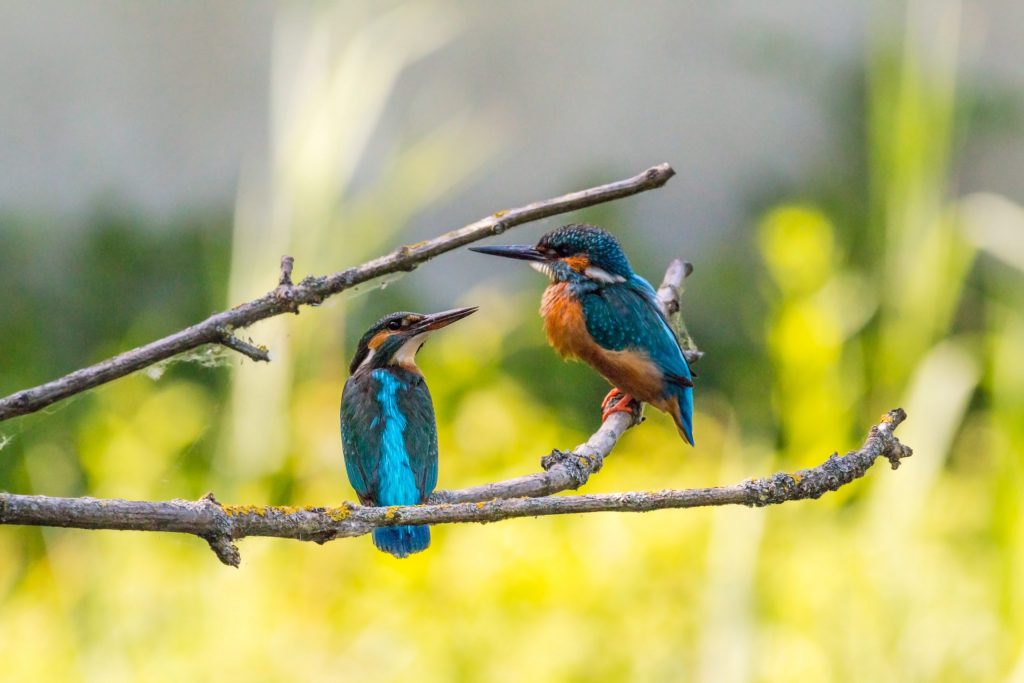ManyBirds Project
A Big-Team Open Science approach to avian cognition and behaviour research
Overview
ManyBirds is a Big-Team Open Science approach that aims to provide new insight into the evolution of avian cognition and behaviour through multi-site comparative studies and large-scale collaboration. ManyBirds aims to increase accessibility, transparency, replicability and inclusivity, through openness to collaboration across countries, institutions and sites (e.g. labs, zoos, field) to broaden the representation of avian species, sample sizes and researchers internationally.
TWITTER OPEN-CALL for study 1

MB aims to increase species & sample representation, across lab/zoo/field/homes. Now inviting collaborators for Study 1 on neophobia in birds, building on related @CurrentBiology paper in corvids (https://sciencedirect.com/science/article/abs/pii/S0960982221014688…). Testing is quick & minimal labour. 2/
ManyBirds Approach
What guides us
Collaborative
Collaborative studies enable large-scale comparisons of species and individuals - a prerequisite to study why different cognitive abilities may have evolved.
Open Science
Open Science practices ensure wide accessibility, as transparency and pre-registration is necessary for effective collaborations.
Comparative
Comparative studies allow for a wider focus on the evolution of (avian) cognition and behaviour in relation to socio-ecological factors as well as phylogenetic, developmental and longitudinal approaches.
How does it work ?
ManyBirds infrastructure and collaboration
We have established an infrastructure within the ManyBirds framework to facilitate related avian research, including a website, guidelines, mailing list, open repository and slack channels. This framework includes the use of pre-registrations, pre-prints, code of practice and project policies (e.g. ethics, authorship, data sharing), study protocols, coding guides, analysis plans and manuscript writing, with a focus on Open Science practices.

ManyBirds Study 1 : Neophobia in birds
For Study 1, we are in the process of analysing and writing up the data. We currently have 100+ researchers across 64 institutions and 23 countries, with neophobia empirical data for 150+ species across 25 orders.
Deadline for data collection and submission has now closed (16th April 2023).
GET INVOLVED
LEADERSHIP TEAMS
The ManyBirds Project is led by a Core Team of researchers, with separate specific Study Leadership Teams formed to lead on each study. If you are interested in collaborating or would like more information about ManyBirds, please review our project/ studies, sign up documents or contact us at: manybirdsproject1@gmail.com.


